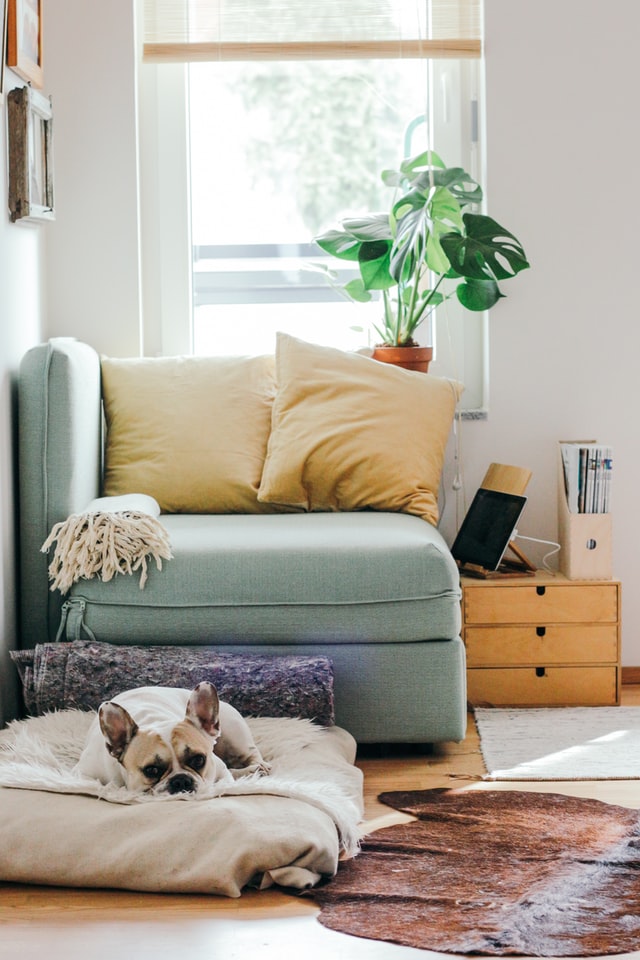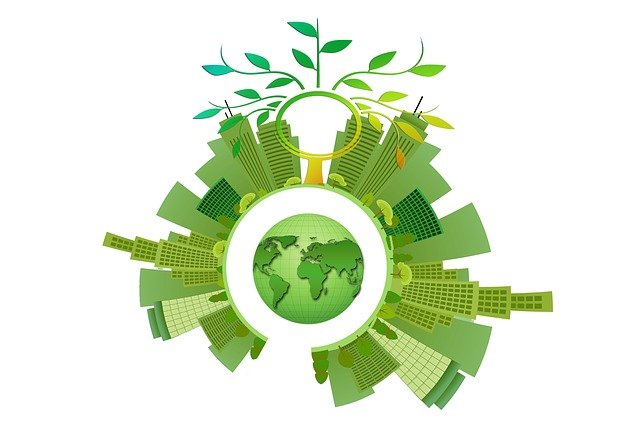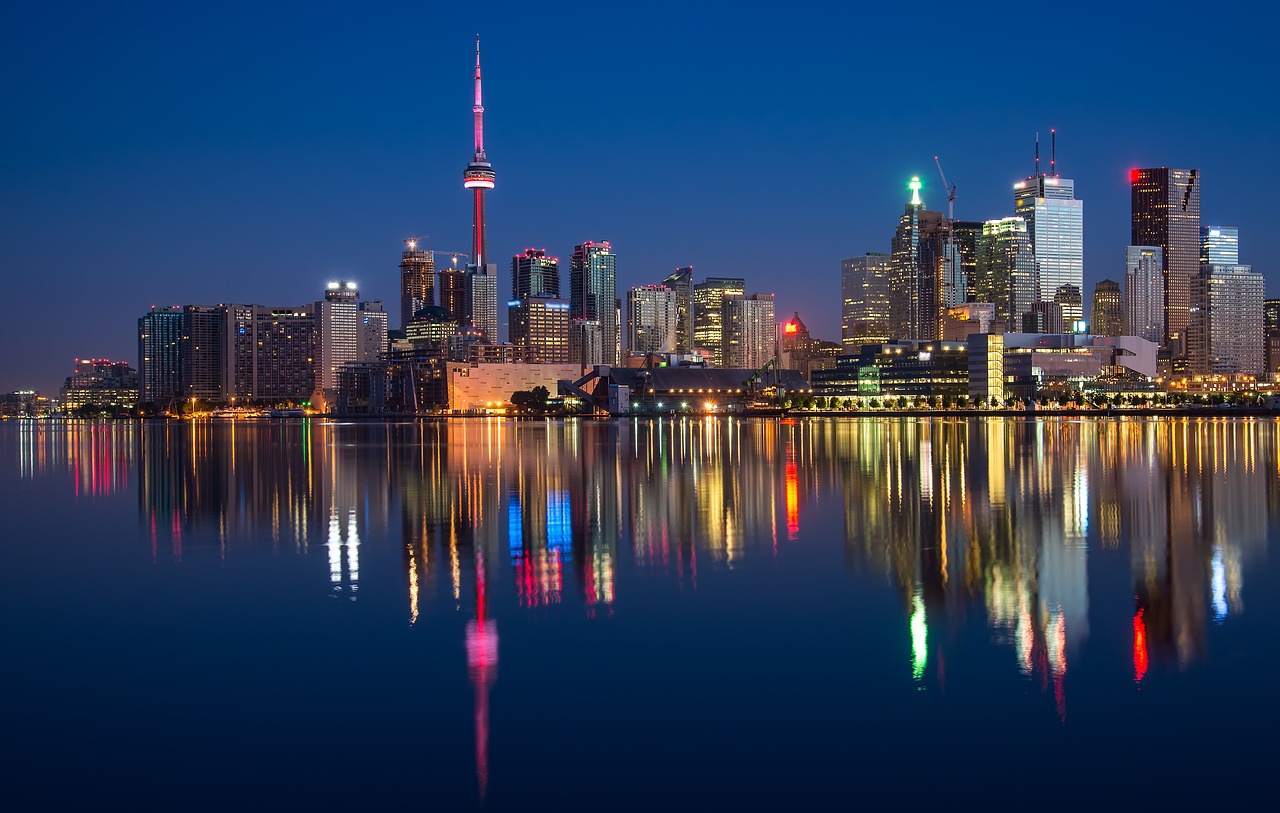

While the vast majority of environmental damage is done by massive corporations and world governments, rather than little old you, it’s important to remember that collective action can have an impact on helping the world become more environmentally friendly.
There are changes you can make to your home, to reduce your environmental footprint, maximise efficiency and save yourself some money on utility bills at the same time. While corporations are the biggest offender with inefficient use of resources, collectively improving the energy efficiency of homes can help reduce our personal impacts on the environment.
So, what changes can you make around the house, to make your home more environmentally friendly? Let’s find out!
Insulate Your Home
First off, an area that’s had a lot of coverage recently thanks to the ‘Insulate Britain’ protests which have been happening over in the UK over the past few months. This has led to a lot of talk about how much energy could be saved if all homes were properly insulated, thus being a lot more energy efficient.
While properly insulating your home, with cavity insulation or new double-glazed windows can be quite costly, you can improve your home’s insulation with some small changes. Using thermal blinds on your windows will help insulate your home and reduce heat leakage. As well as using thermal blinds, you can also use draft excluders on external doors, to reduce heat loss and keep internal doors closed to stop heat dissipating.
Participate In Permaculture
Another area in which you can help the environment from home is to participate in ‘permaculture’ if your home has enough space for you to set up a small lot or vegetable space in your garden. Permaculture is the concept of small scale agriculture inspired by nature, that helps rewild your area and reduce your carbon footprint by growing fruit and veg at home rather than purchasing it.
If you have a garden space or even the space for window garden boxes, you can participate in permaculture and help rewild your area which is good for birds and insects. All you need is a space where you can plant and grow some plants. In the long run this will be beneficial for your local area and reduce the environmental impact of your eating habits.
Prioritise Energy Efficiency
Energy inefficient gadgets and devices can slowly and quietly increase your electricity use, which is both bad for your wallet as you’ll find yourself with large utility bills, but also bad for the environment as they waste a good deal of energy.
A simple fix to this is to upgrade the gadgets and devices in your home as your budget allows. Even small changes like moving from old style filament light bulbs to energy saving bulbs can save a great deal of energy in the long run, other small gadgets like kettles and toasters can be upgraded to more energy efficient models. Even bigger things like boilers and kitchen appliances can usually be upgraded to be more efficient, but they usually have a larger price tag.



